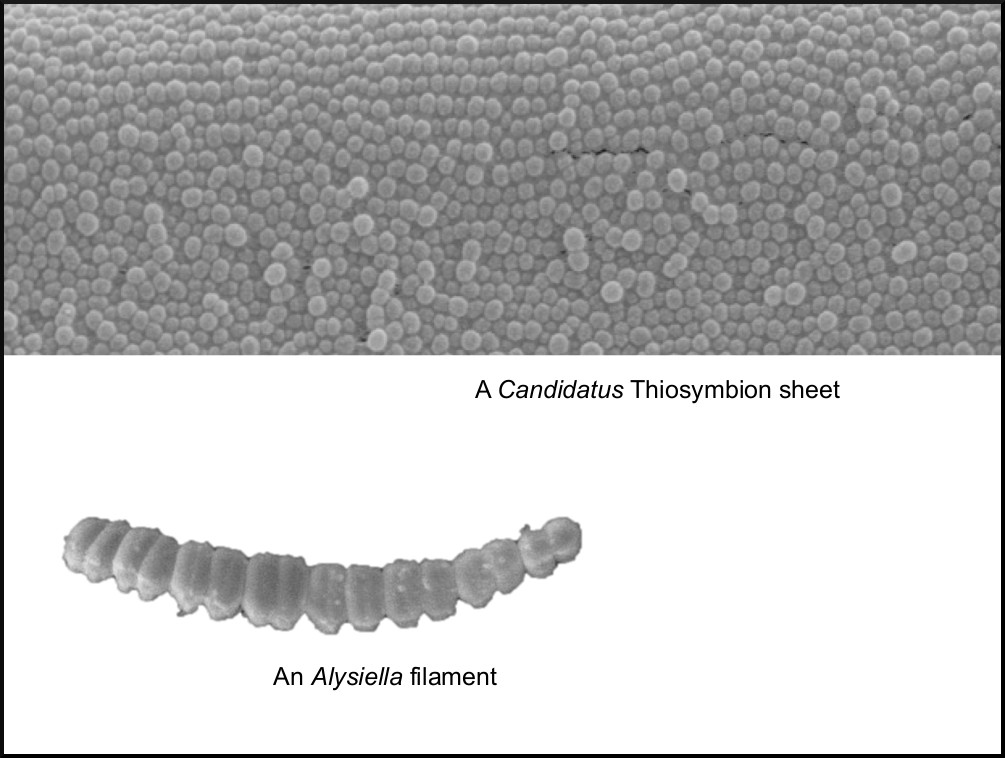Compaction and organization of animal symbiont chromosomes
The bacterial nucleoid is highly condensed and forms compartment-like structures within the cell. Although its dynamic organisation is being investigated, we ignore the importance of chromosome structure for adaptation to changing environments and, in particular, for symbiosis maintenance. In this PhD project, we will focus on the relationship between chromosome structure and chromosome function in Proteobacteria thriving on invertebrate and vertebrate animal surfaces. More specifically, we will analyse the 3D conformation of symbiont chromosomes, as well as their DNA methylation- and Nucleoid Associated Protein (NAP)-mediated compactness, and compare them among the different symbionts and among these and their free-living counterparts.
Student: Tobias Viehböck
Faculty: Bulgheresi (PI), Rattei, Bright
Funding: FWF doc.fund project MAINTAIN

Selected Publications:
Asgari, S. Epigenetic modifications underlying symbiont-host interactions. Adv. Genet. 86, 253–276 (2014).
Bulgheresi, S. All the microbiology nematodes can teach us. FEMS Microbiol. Ecol. 92, (2016).
Harris, J. F., Micheva-Viteva, S., Li, N. & Hong-Geller, E. Small RNA-mediated regulation of host-pathogen interactions. Virulence 4, 785–795 (2013).
Buxbaum, A. R., Haimovich, G. & Singer, R. H. In the right place at the right time: visualizing and understanding mRNA localization. Nat. Rev. Mol. Cell Biol. 16, 95–109 (2015).
Coelho, R. G., Fortunato, R. S. & Carvalho, D. P. Metabolic Reprogramming in Thyroid Carcinoma. Front. Oncol. 8, 82 (2018).
Wallace, N., Zani, A., Abrams, E. & Sun, Y. The Impact of Oxygen on Bacterial Enteric Pathogens. Adv. Appl. Microbiol. 95, 179–204 (2016).



